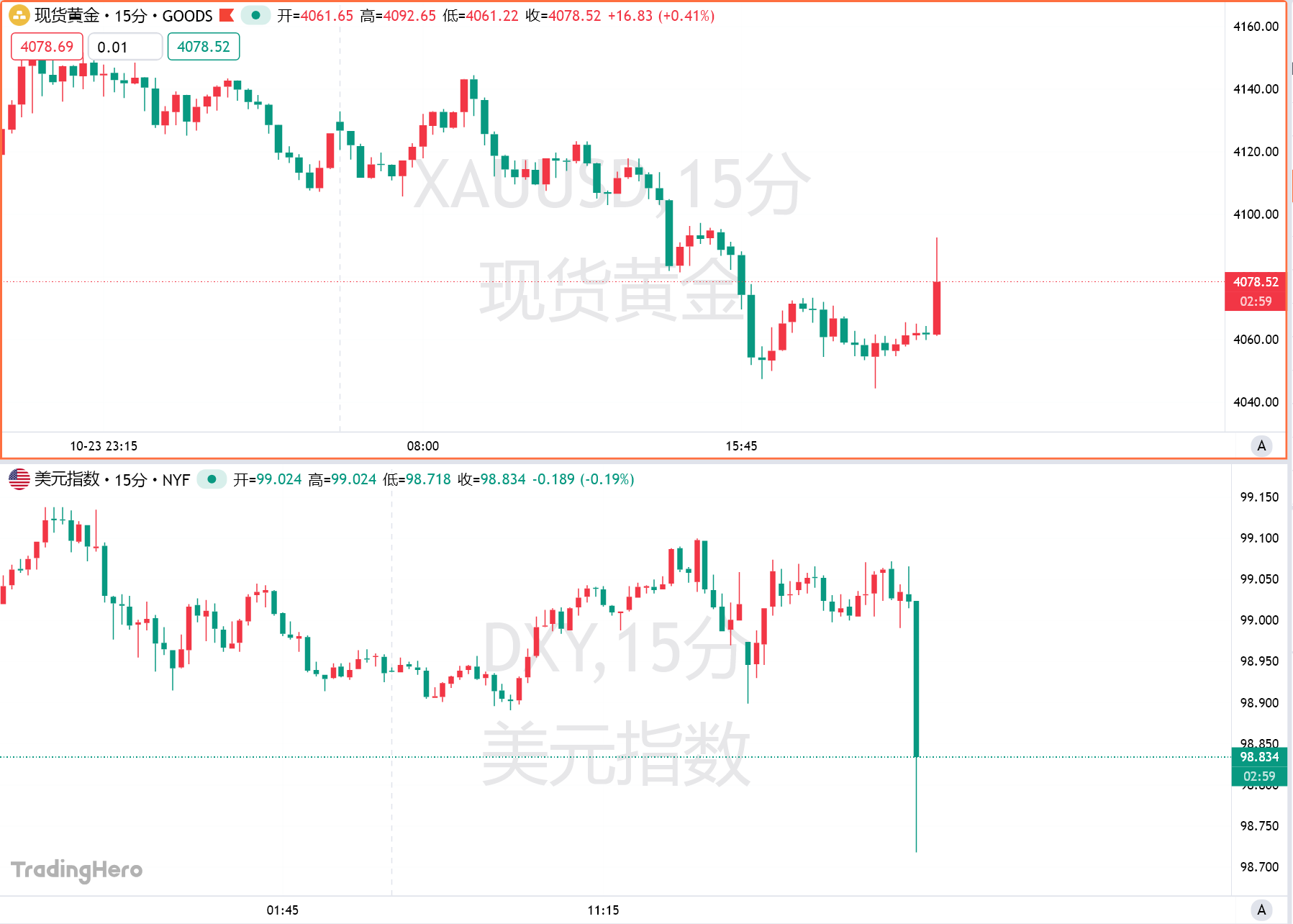Could South Korea’s Risk Appetite Power New Crypto Trends?
South Korea’s retail investors are fueling a surge in high-risk crypto trading, capturing global attention. While this trend positions the nation as a potential crypto powerhouse, experts warn that unchecked speculation could undermine sustainable growth.
A recent report claims that retail traders in South Korea have developed a world-class appetite for risky assets. This could potentially deepen Korea’s influence over global crypto markets.
Still, although many retailers are showing heightened crypto investment, the data isn’t entirely uniform. Moreover, systemic high-risk trading could negatively impact the space.
South Korea, a Potential Crypto Hub?
North Korea has attracted a lot of international press for its skill in perpetrating crypto hacks, but its southern neighbor often gets less attention.
However, recent reports claim that South Korea’s grassroots Web3 adoption is steadily growing, and new research may help illustrate the trend.
According to a Bloomberg study, South Korean retail investors are developing an outsized appetite for risky bets. Around 14 million self-described “ants” have tripled the nation’s margin loans in five years, employing high-leverage trading and committing entire portfolios to one asset.
For these risk-tolerant South Koreans, crypto is a natural choice for a high-yield investment vehicle:
“Our parents’ generation had the real estate as their bet…our generation has no such windfall. I’ve seen about 30 folks in my circle, who have ‘graduated’ from all this, meaning they’ve secured enough money and exited. I hope to graduate as well, someday,” claimed Sujin Kim, a 36-year-old high-risk crypto trader.
Could these “ants” propel South Korea’s standing in international crypto markets? A few key signals support the theory. For example, in the last week alone, multiple Korean exchanges have significantly boosted altcoins by listing them.
Whereas other major listings have left a diminished impact, this trend could be useful.
Some international Web3 leaders are already betting on the nation. For example, Binance recently finalized an acquisition to open crypto services in South Korea after prolonged legal disputes.
If the world’s largest exchange is interested in the market, it might have strong potential.
A Bearish Case for Korea’s Ants
Still, a few points might detract from this theory. Although the report claims that crypto trading in South Korea has surged since Trump’s election, other data suggest that stablecoin transaction volumes have plummeted this year.
Some analysts have theorized that whales are moving these markets, while retail investors have a diminished impact.
Moreover, high-risk retail investment could have negative consequences too. Many interviewed “ants” attributed desperation to explain their portfolios, not steady long-term growth. If such crypto traders come to dominate South Korea’s market, it might promote shoddy or non-innovative projects.
In short, there are many competing factors at play. Many young South Korean investors are certainly interested in crypto, but it takes more than that to establish an international hub. Nonetheless, if this trend continues, it could create remarkable opportunities.
Disclaimer: The content of this article solely reflects the author's opinion and does not represent the platform in any capacity. This article is not intended to serve as a reference for making investment decisions.
You may also like
What signals emerged from the latest Fintech conference held by the Federal Reserve?
The Federal Reserve held its first Payments Innovation Conference, discussing the integration of traditional finance and digital assets, stablecoin business models, applications of AI in payments, and tokenized products. The conference introduced the concept of a "streamlined master account" aimed at lowering the threshold for crypto companies to access the Federal Reserve’s payment systems. Participants believe asset tokenization is an irreversible trend, and that AI and blockchain technology will drive financial innovation. The Federal Reserve views the crypto industry as a partner rather than a threat. Summary generated by Mars AI. The accuracy and completeness of this summary are still being iteratively updated by the Mars AI model.

On the Eve of Peso Collapse: Argentinians Use Cryptocurrency to Preserve Their Last Value
Due to economic turmoil and foreign exchange controls, Argentinians are turning to cryptocurrency arbitrage, profiting from the difference between stablecoin rates and official or parallel market exchange rates. Cryptocurrency has shifted from a speculative tool to a means of protecting savings. Summary generated by Mars AI. The accuracy and completeness of this summary are still being iteratively improved.

Uniswap v4 Accelerates Launch: Brevis Drives the Next Wave of DeFi Adoption
Uniswap v4 introduces Hook and Singleton architecture, supporting dynamic fees, custom curve logic, and MEV resistance, which enhances trading execution efficiency and developer flexibility. Aggregators face integration challenges and need to adapt to non-standardized liquidity pools. Brevis’s ZK technology provides a trustless gas rebate, accelerating the adoption of v4. Summary generated by Mars AI. This summary was generated by the Mars AI model, and the accuracy and completeness of its content are still being iteratively updated.

US September CPI falls short of expectations across the board, Fed rate cut is a certainty
CPI confirms the trend! U.S. core inflation unexpectedly eased in September, making an October rate cut almost certain. Traders are increasingly betting that the Federal Reserve will cut rates two more times this year...

